Common Lawn Problems in Porter, TX and How to Fix Them
- Scapes Environmental Design

- Mar 10
- 3 min read

A lush, green lawn is the dream of every homeowner, but achieving and maintaining one in Porter, TX comes with its fair share of challenges. Between the Texas heat, unpredictable weather, and common pests, it’s no wonder many homeowners struggle with lawn care. Fortunately, most lawn issues can be resolved with the right approach. Let’s take a look at some of the most common lawn problems in Porter and how to fix them.
1. Brown Patches and Dead Spots
The Problem: Brown or dead patches in the lawn are often caused by fungal infections, drought stress, or poor soil quality.
The Fix:
Ensure proper watering, especially during dry spells, but avoid overwatering, which can encourage fungal growth.
Improve soil aeration and apply a high-quality fertilizer to promote healthy grass growth.
If a fungal issue is suspected, apply a fungicide recommended for your type of grass.
2. Weed Infestation
The Problem: Weeds like crabgrass, dandelions, and clover thrive in undernourished lawns, competing with grass for nutrients and water.
The Fix:
Regular mowing at the correct height for your grass type prevents weeds from taking over.
Apply a pre-emergent herbicide in early spring to stop weeds before they grow.
Use a selective post-emergent herbicide to target existing weeds without harming your lawn.
Keep your grass thick and healthy through proper fertilization and overseeding to outcompete weeds naturally.
3. Bare Spots and Thin Grass
The Problem: Bare patches can be caused by heavy foot traffic, pet urine, or poor soil conditions.
The Fix:
Reseed bare spots with a grass variety suited to Porter’s climate.
Aerate compacted soil to improve water and nutrient absorption.
Apply a thin layer of compost or topsoil to enhance soil health before overseeding.
Water new grass seedlings consistently until established.
4. Lawn Pests (Grubs and Chinch Bugs)
The Problem: Grubs (beetle larvae) and chinch bugs can cause yellowing, wilting, or dead patches by feeding on grass roots and blades.
The Fix:
Inspect your lawn for signs of pests by pulling up a small section of sod—if you find more than 5-10 grubs per square foot, treatment may be needed.
Apply beneficial nematodes or insecticidal treatments specifically designed for lawn pests.
Maintain a healthy lawn with proper fertilization and watering to make it more resistant to infestations.
5. Drought Stress and Heat Damage
The Problem: Texas summers can be brutal on lawns, leading to dry, brittle grass that struggles to recover.
The Fix:
Water deeply but infrequently—aim for about 1 inch of water per week, preferably in the early morning.
Choose drought-resistant grass varieties, such as Bermuda or Zoysia.
Keep your mower blade high (around 3 inches) to provide shade for the soil and retain moisture.
Mulch grass clippings to help with moisture retention.
6. Soil Compaction and Poor Drainage
The Problem: Compacted soil prevents water, air, and nutrients from reaching the roots, leading to weak and unhealthy grass.
The Fix:
Aerate your lawn annually to break up compacted soil and promote better root growth.
If poor drainage is an issue, consider adding organic matter to improve soil structure or installing a French drain in problem areas.
7. Moss Growth
The Problem: Moss tends to grow in shaded, compacted, or acidic soils where grass struggles to thrive.
The Fix:
Test your soil’s pH—if it’s too acidic, apply lime to balance it.
Improve sunlight exposure by trimming overhanging branches.
Aerate compacted soil and improve drainage in affected areas.
Need Help with Your Lawn? Contact Scapes Environmental Design today for professional solutions and personalized care to keep your outdoor space looking lush and inviting.





Comments